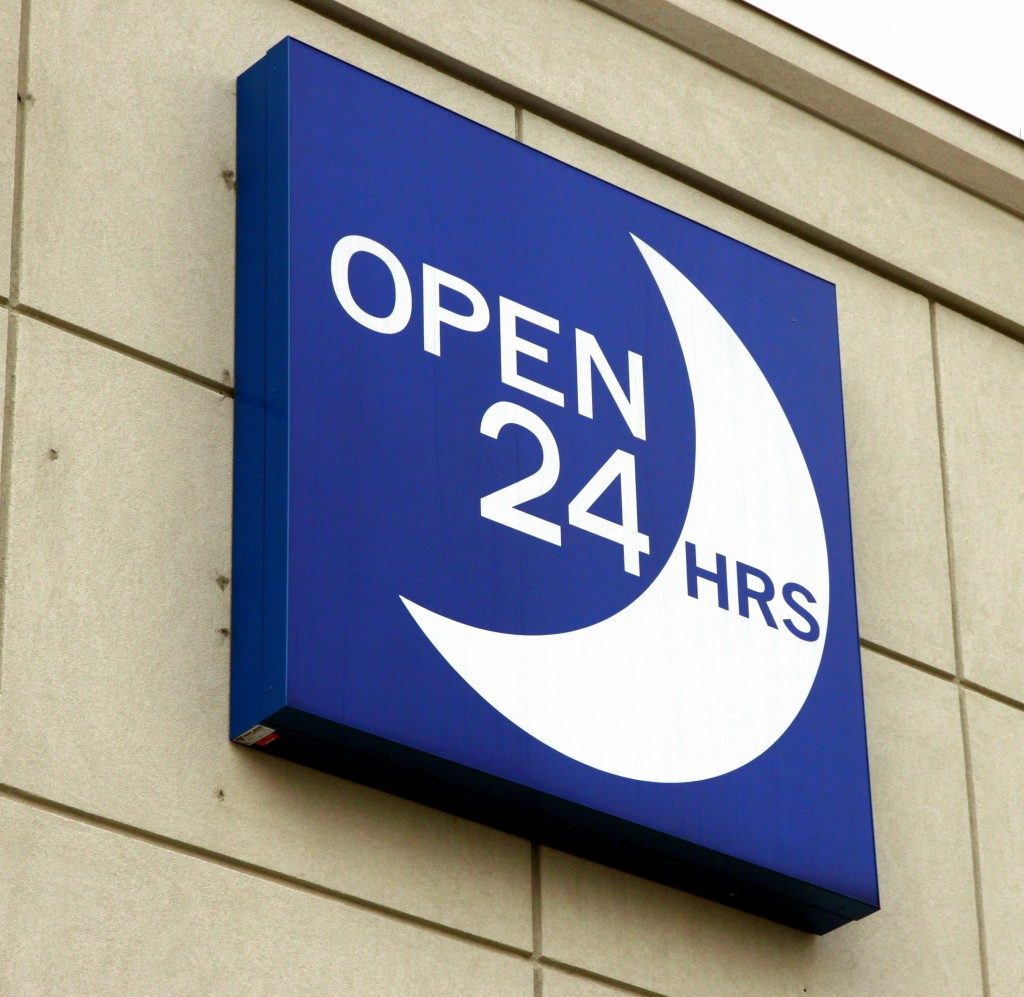If you’re a workplace owner or someone in charge of maintaining health and safety in a building, then you’re probably well aware of the need for effective workplace signage. In the UK, there are specific regulations for compliance – all employers, supervisors of work sites or premises, and equipment operation should refer to these guidelines
Though health and safety inspectors will undoubtedly be looking for additional safety controls to be in place at your worksite, having proper signage installed is a basic measure of raising awareness for safety among your workers and occupants. Here are some of the qualities of adequate safety signage which you should consider as you go about ensuring an accident-free workplace.
Easy to understand visually
Our minds process visual information more rapidly, and over time the design of various pictograms has evolved and been refined according to semiotics – the study of symbols. When you’re around workplace hazards, it’s essential to have signs that catch the eye and convey an immediate message. Good design not only follows the guidelines but delivers that impact on the people moving in and around your premises.
Visual images are important, but colours create an even more instant response. This is why red is reserved as a universal colour of fire safety signs in the UK and elsewhere. Other hazards such as those warning of dangerous locations or conditions are typically marked in yellow. Blue is tied to understanding and control, making it the colour of choice for mandatory procedures such as wearing personal protective equipment. Green, associated with safety, indicates emergency exit routes or assembly points.
Consider durability
 Signage can be made out of different materials and applied in different ways. Even if your premises or equipment don’t require many signs or have constant exposure to heavy-duty activities, you’ll want to use good materials with a lasting application to cut down on costs and maintenance efforts.
Signage can be made out of different materials and applied in different ways. Even if your premises or equipment don’t require many signs or have constant exposure to heavy-duty activities, you’ll want to use good materials with a lasting application to cut down on costs and maintenance efforts.
Materials such as vinyl, PVC, and metal are among the toughest materials used for standard safety signs. They can withstand years of wear and tear even in industrial conditions. Look for more specific types of resistance depending on where you’ll be placing the signs. A wet floor hazard sign, for instance, should be extra resistant to water and chemical spills.
Placement matters
In general, safety signage must be visible from the intended viewing distance. You’ll have a good idea from going around your workplace as to where the sign will be located and viewed from, which gives you a better understanding of the necessary size and illumination in the area.
Make sure that your signage is in a prominent position, with no obstructions blocking it from the view of its intended audience. Avoid crowding an area with multiple signs; the presence of so much visual information detracts from the main purpose of signage, which is the rapid processing of important visual information.
Ensure maintenance
Safety signage also needs to be kept clean to ensure it serves its purpose. Resurface, or replace the signs if necessary; it is a minor cost in the big picture, compared to what you may be accountable for, should you neglect this aspect of your duties.
Don’t forget to remove unnecessary signs either. Some hazards may be temporary – a construction being completed in the area can lift the restriction on wearing hard helmets or other protective gear. Removing such signage will also help clear visual clutter out of the area.
We tend to go about our daily duties without overthinking about the various forms of safety signage around us, but when accidents happen, these are the things you don’t want to be missing. Ensure the visual information is present in your workplace to keep people safe.







